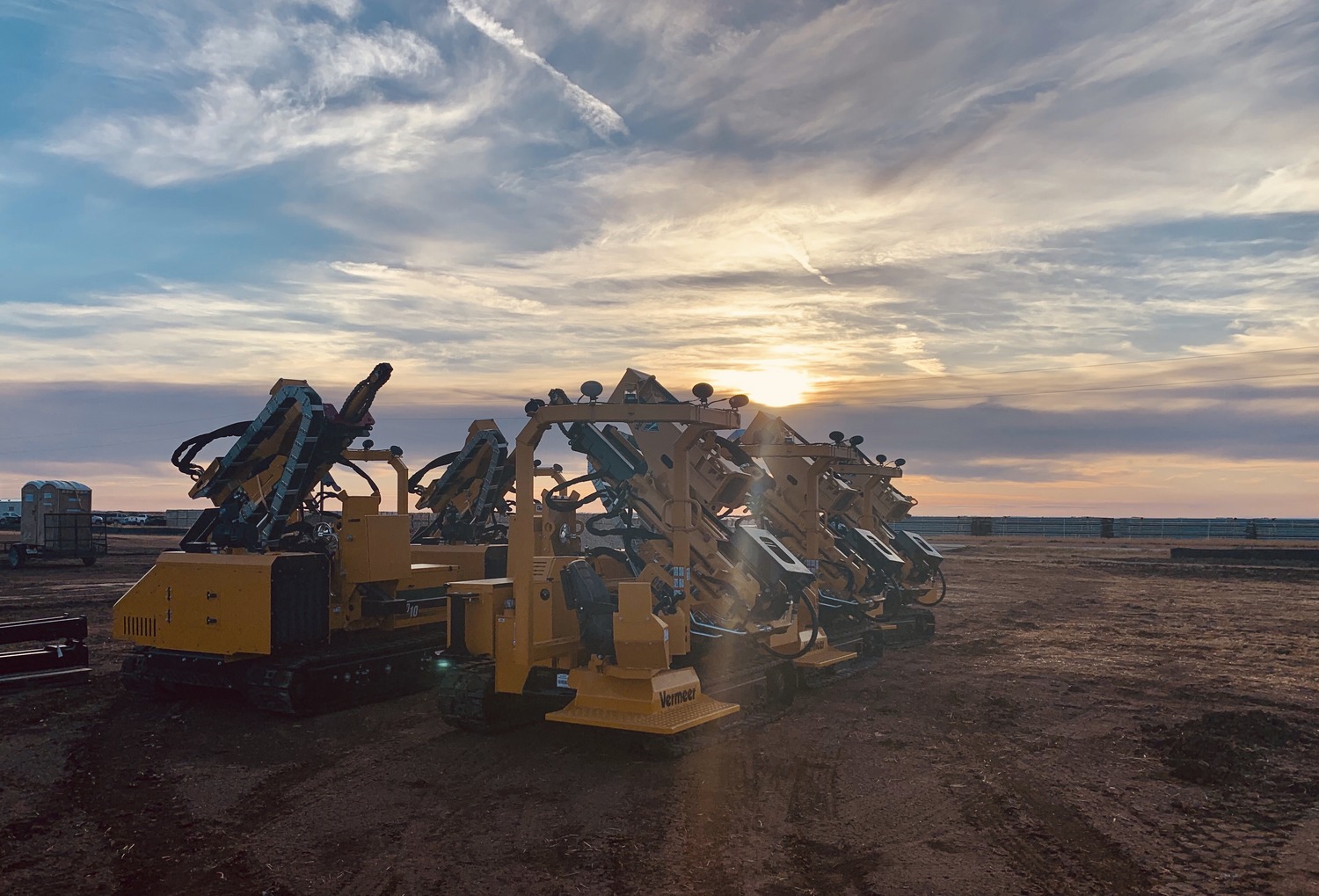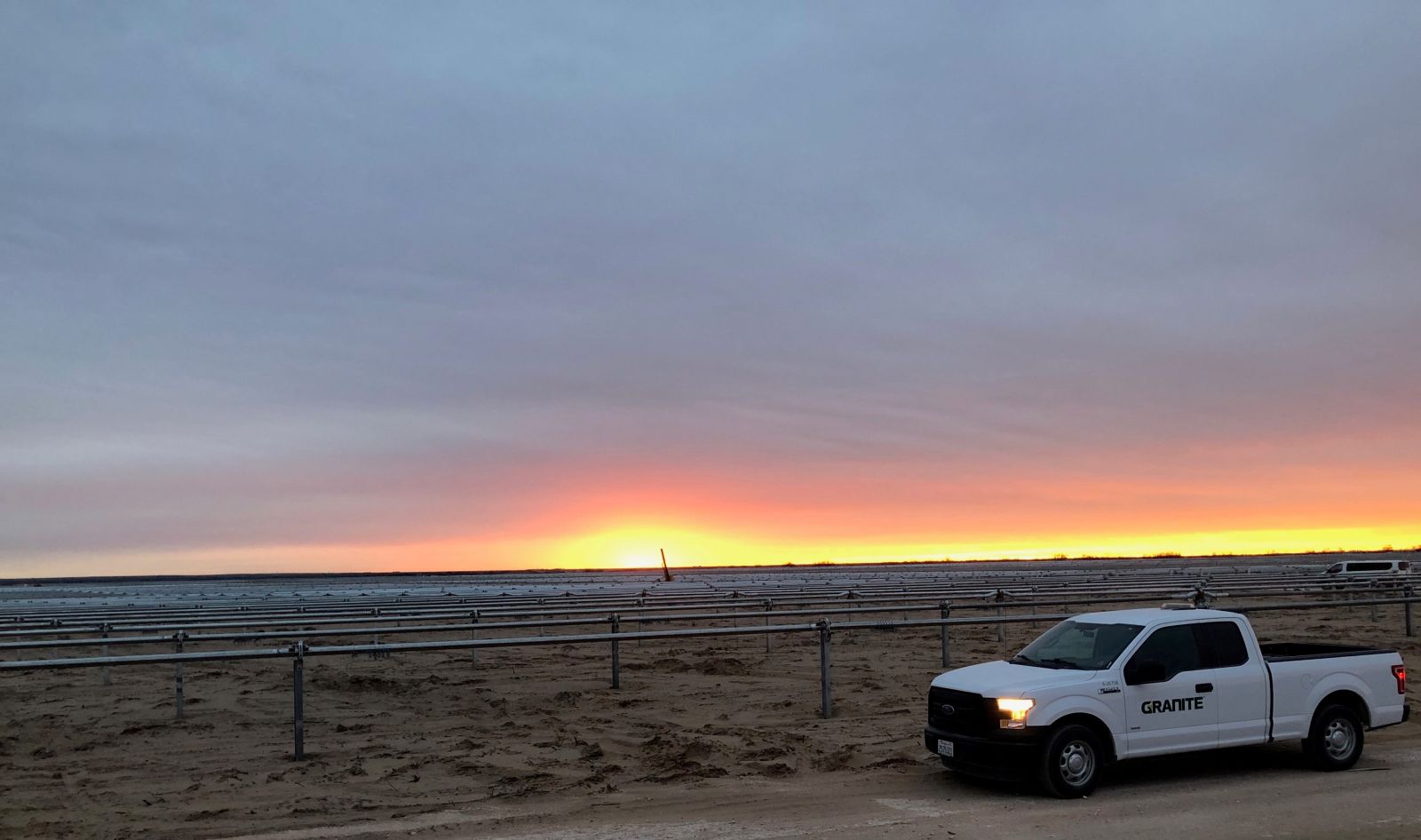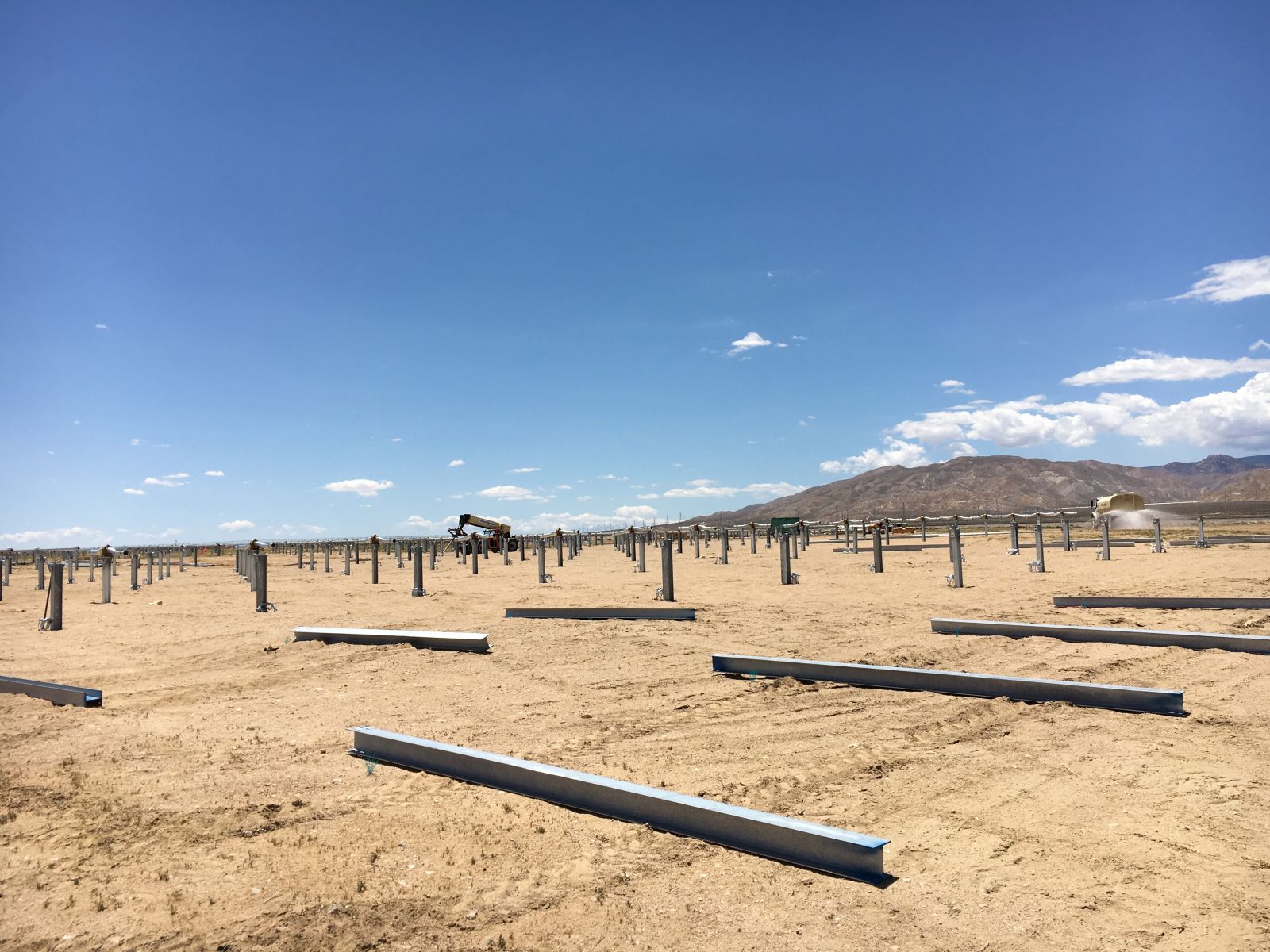How to Prepare for the Solar Boom
In 2021, solar represented 54 percent of newly-added electricity generation capacity, compared to 8 percent in 2011-a more than 600 percent increase. Federal, state, and local regulations and renewable energy goals will continue to drive growth in the solar market through the next decade. Companies in the solar market are bracing for a flood of work. Careful planning, training, and capacity building will be required to absorb that work. This article examines three considerations that will be essential to supporting the continued growth of solar generation capacity.
- Planning and Pre-planning
Solar work presents planning challenges both in the pre-work and construction phases of the project. The supply chain issues triggered by COVID-19 have not spared the solar industry; this should to be considered during the pre-work period. With material delays throughout the country, orders need to be made early and extra capacity needs to be built into planning. For instance, utility-scale solar requires extensive use of specialized equipment like pile drivers. Purchasing additional machinery to maintain capacity is a prudent step given current conditions.

During actual construction, pre-planning of work for the next day or week is a vital practice. Solar installation is complex with many, many moving parts. Often, these parts are order-dependent, meaning if one function stops, the entire train stops, bringing the job to a halt. Therefore, making sure that detailed plans are created, adjusted, and readjusted according to changing conditions is important to keeping work on schedule.
- Workforce
Solar projects are demanding, with high people hours and often hundreds of new hires over the course of construction. This means that safety, recruitment, and communication all require special attention.
Many utility-scale solar projects are executed in harsh, desert environments. This type of work setting requires special safety training-heat illness training is non-negotiable. Having been involved in a project where daytime temperatures regularly exceeded 120 degrees, I know firsthand how important it is to start early in the day to beat the heat, shut down early to avoid the hottest portions of the day, provide cooling stations and towels to the crew, and ensure constant monitoring and check-ins for team member safety.

The battle for talent is an issue across the construction industry, and solar installation is no exception. In fact, the nature of the work creates added difficulties for recruitment. First, there is the scale of the projects-a 3,000-acre jobsite needs a lot of people. Second, there is the mobile nature of the work; key clients are likely to have projects around the country, and capturing that work requires the development of repeatable processes to train new workers and providing incentives to retain them. Having a mobile workforce is a major differentiator and a key to success.
Finally, communication with the workforce needs to be clear and consistent, especially when it comes to pre-planning work on the construction site. These projects have many moving parts, unfolding over enormous jobsites. Without focus and dedication, communication failures can lead to issues that disrupt or delay work.
- Technology
Effectively identifying and deploying new technologies is a crucial driver of success in large-scale solar installations. Projects have grown more extensive in the past decade, and they will likely continue to grow. An average new utility-scale installation is approximately 250MW, up more than 100 percent in the past decade. Using the right technology ensures that these increasingly large projects are completed in compliance with exacting specifications.

Locational awareness is essential for everyone on the jobsite: lasers for precise line and grade work and GPS tracking for equipment. Technology also supports safety and communications needs. Using tablets to communicate daily work plans, execute quality control, and provide access to safety information is more efficient and timelier than in the past.
Lessons Learned
Solar installation is a market with exceptional potential for growth, and companies need to be strategic in how they approach these new opportunities. Another important consideration is clearly defining the type and scope of projects to pursue. Maintaining close coordination between estimating and operational teams will ensure that project pursuit is focused on work where the company has the proper knowledge, crews, and capacity. Without foresight and planning, the coming solar boom could be overwhelming. If you exercise careful consideration, however, some incredible opportunities are coming down the line.
Amanda Amos is the Area Manager for Granite's Industrial & Energy Division. In this role, she has been involved with a number of utility-scale solar installations, including the massive 640MW Athos 1 & 2 projects in Riverside County, California which will, once completed, generate enough electricity to power 179,000 homes and offset 1.7 million tons of CO2e annually.
Granite Construction | www.graniteconstruction.com
Author: Amanda Amos
Volume: 2022 March/April










.png?r=7163)

